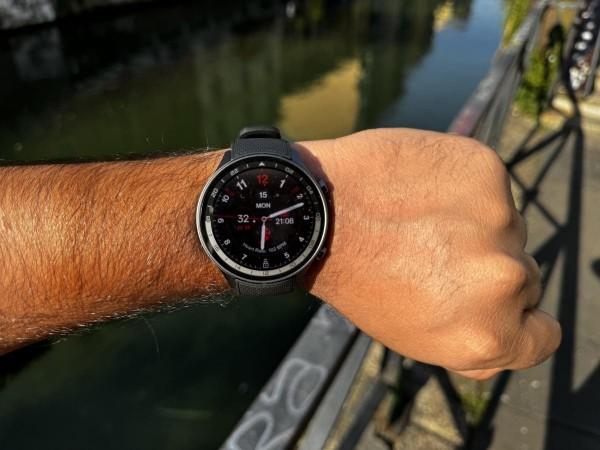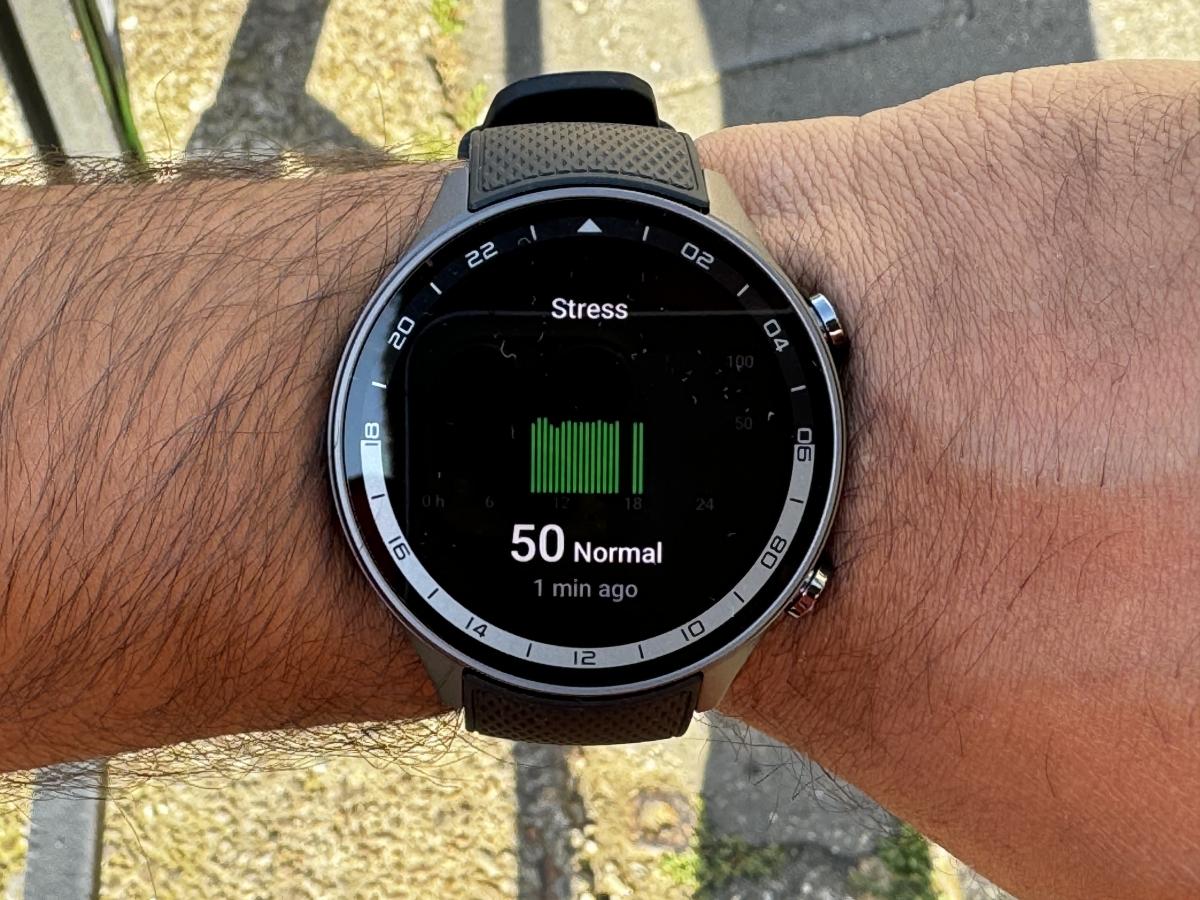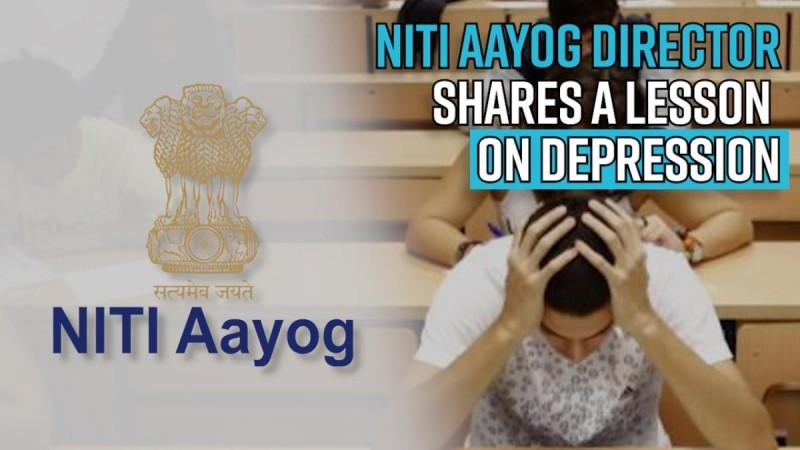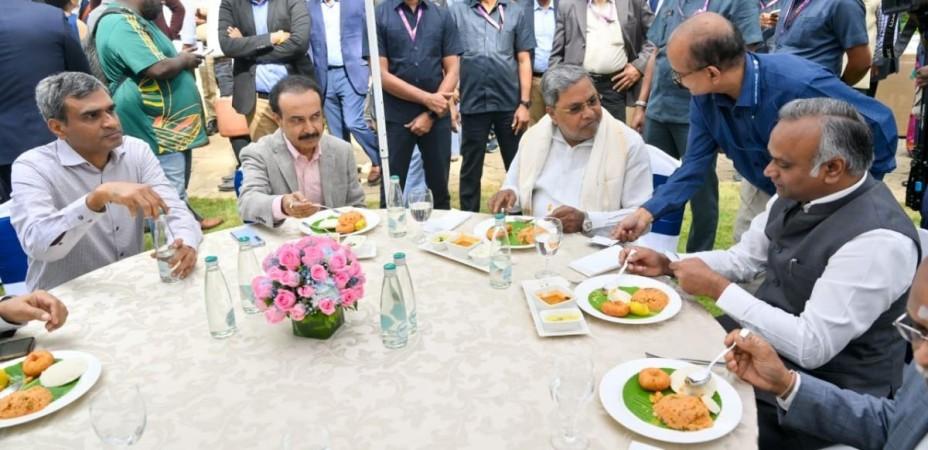
OnePlus Watch 2R brings a blend of advanced features, impressive battery life, and robust performance to the smartwatch market. OnePlus has put a lot of focus on comfort and durability, and the Watch 2R aims to attract the masses without compromising on essential functionalities. The ergonomic design and lightweight aluminum build make it a comfortable choice for daily wear.
At a competitive price point of Rs 17,999 in India, the OnePlus Watch 2R offers a more affordable alternative to the OnePlus Watch 2 without sacrificing too much on performance and features. The dual-engine architecture, featuring Snapdragon W5 and BES2700 chipsets, ensures efficient power management and smooth operation. Moreover, the inclusion of dual-frequency GPS and a comprehensive suite of Google apps powered by Wear OS 4 further enhance its appeal. The Watch 2R stands out as a viable option for those seeking a reliable and stylish smartwatch on a budget but it is not devoid of flaws.
Let’s take a look at the watch in real-world use-case scenarios.
Design and display
From the moment we strapped the OnePlus Watch 2R to the wrist, one thing that has impressed us is how light it is. The watch looks a bit similar to the OnePlus Watch 2, complete with its ergonomic design featuring two side buttons for quick access to apps and fitness tracking. But don’t expect the premiumness of the Watch 2 for obvious reasons. But it is not standing out with some astonishing design elements, except for that big dial.

The Watch 2R also checks the durability boxes with 5ATM and IP68 standards, which means tracking those laps in the swimming pool or stepping into the shower or rain is not an issue at all. On top of it all, the watch has this printed two-tone bezel design, which is a smart way to hide those bezels around the display by giving it a classic chronometer look.

The 22mm strap latches on to the dial and turns just around the wrist for a comfortable grip. It doesn’t bulge out awkwardly and makes it look like a seamless part of the watch. The quality of the strap is also not sub-standard, and wearing it all day in Milan’s 32-degree summer doesn’t cause any irritation.

OnePlus has demonstrated its engineering prowess in the Watch 2R, even by using low-cost materials compared to the premium Watch 2 to keep the watch’s cost in check. A sensible move to attract the masses and shed a few extra grams in the process.
OnePlus Watch 2R cannot be missed on a wrist. Its sizable presence with a 47mm frame and a 1.43-inch AMOLED screen is hard to ignore, but the elegant designing makes it easy to carry it well with any attire. OnePlus made a switch to an aluminum build from the stainless steel and sapphire crystal on the OnePlus Watch 2, which makes it significantly lighter and more comfortable. And the difference is quite clear. You’ll love it how well it sits on the wrist without tiring you out.

Performance and tracking
OnePlus Watch 2R features Dual-Engine Architecture, which means there are two chipsets inside for different kind of tasks – similar to the more expensive OnePlus Watch 2. The new smartwatch comes with Snapdragon W5 performance chipset paired with the BES2700 efficiency chipset.
The Snapdragon W5 runs the latest version of Wear OS by Google (Wear OS 4), and handles high-performance tasks such as running apps, but the BES2700 is reserved for background activities and daily tasks using RTOS. OnePlus has found this success formula to extend the use of its smartwatch, which was quite a hit with the OnePlus Watch 2. By bringing this feature to the more affordable Watch 2R, OnePlus is making a bold statement.

OnePlus Watch 2R is loaded with features, one such is the inclusion of L5 and L1 GPS frequencies. Location tracking is more accurate with this dual-frequency design, and two separate antennas. There were no issues with the location tracking while using the smartwatch for this brief period. This feature, however, is of significance to outdoor enthusiasts and athletes.

In case of real-life tracking, we managed to achieve most of our set goals these few days. Comparing it side by side with Apple Watch, there seems to be some margin of error. The step counter appears to add a few hundred extra steps, but it remained largely accurate with distance, calories, heart rate, and location.

OnePlus Watch 2R also includes comprehensive fitness monitoring and wellness features through its OHealth platform. It tracks various health metrics, including sleep patterns, heart rate, and stress levels. There’s also a stress monitor, which uses heart rate variability (HRV) data to calculate a stress score, helping users manage and reduce stress levels effectively. Not sure how accurate this is but it had been normal these last few days (thank you, Milan), we will check once back to the base.
1/
But it surely excelled in sleep tracking, offering accurate data. It measures the total duration of sleep and segments it into light, deep, and REM sleep cycles, which can be pretty useful.
Software and customization
OnePlus Watch 2R is powered by Wear OS by Google, which means you get access to the whole suite of Google apps such as Google Maps, Google Assistant, Google Wallet, and Google Calendar. What’s interesting and useful is the Fast Pair support for quick and smooth setup with OnePlus smartphones.

With this watch, you get plenty customization options. There are over 100 sports tracking modes, 20 built-in watch faces, and 80 downloadable watch faces, which are pretty cool. But getting around the menu is remarkably seamless as you don’t get treated to a whole new UI, just that same old Wear OS goodness.

Battery life to the rescue
One of the standout features of the OnePlus Watch 2R is its large 500mAh battery, which is fitted inside this compact and lightweight smartwatch. It is combined with the Dual-Engine Architecture, which further optimises the battery to extend efficiently. With the promise to offer users up to 100 hours of usage in Smart Mode with full functionality, 48 hours with heavy use, and up to 12 days in Power Saver Mode, the Watch 2R lives up to the reputation. Once charged, you won’t have to worry about plugging it back in at the end of the day. If you’re comfortable enough, you can wear it to bed or even shower. OnePlus Watch 2R is a battery monster.
If that’s not enough, there’s 7.5W VOOC Fast Charging support, which can charge the watch to 100% in just 60 minutes. That’s not even the best part. Being on the go and travelling these past few days, we’ve come to realise just how essential a quick top-up is. With just ten-minute charge, we could get an entire day of battery life in Smart Mode, which meant tracking all the steps and other metrics while walking around Duomo di Milano and Navigli. If you’re in the market for a smartwatch that lasts long enough to track your runs, laps or health without dying at the end of the day, look no further than the Watch 2R.
Verdict
OnePlus Watch 2R offers impressive battery life, and robust performance in a sleek and durable design. The dual-frequency GPS, extensive customization options make it a standout option for users seeking a stylish and durable smartwatch. While the health tracking may not be a 100% accurate, it still offers comprehensive health and wellness features. The lack of cloud backup and automatic tracking may be a turn-off for some, but it manages to do pretty well in all other segments.
It’s worth noting that OnePlus Watch 2R is priced at Rs 17,999 in India, and for a few extra thousand bucks, you can get the Watch 2, which is essentially more premium and has that extra finesse. But by saving that Rs 7,000 and choosing the Watch 2R over the Watch 2, you can actually pick up a pair of good earbuds or even the new OnePlus Nord Buds 3 Pro (Rs 3,299) and still save some. As a part of the ecosystem, OnePlus Watch 2R makes more sense.





















